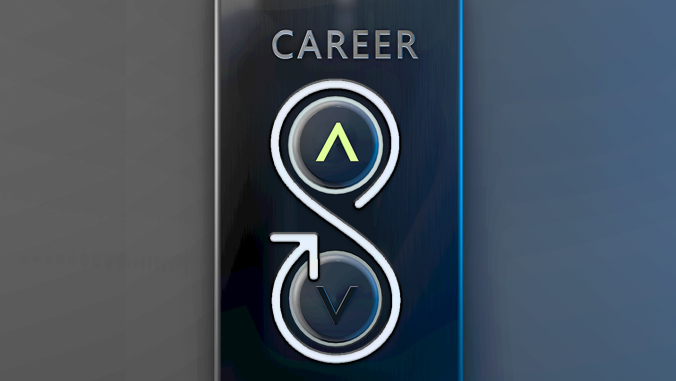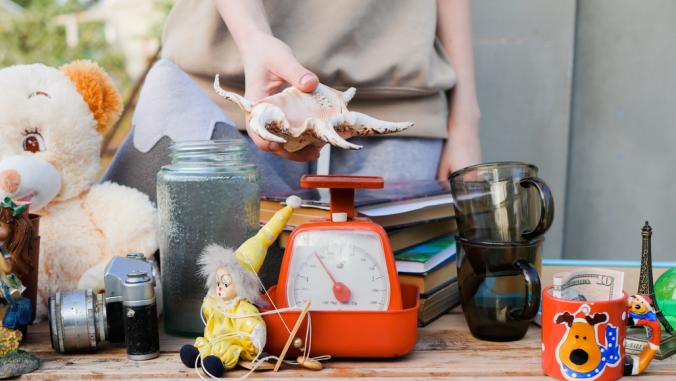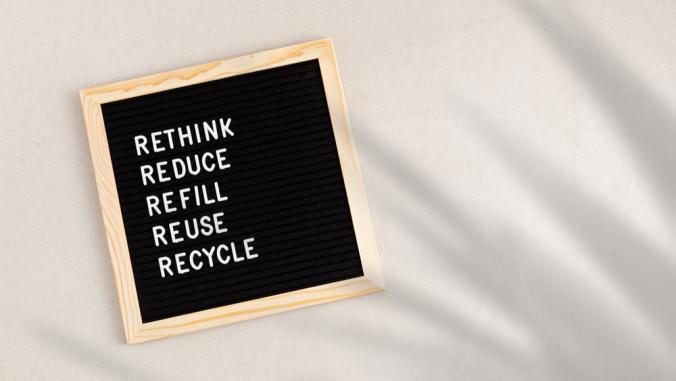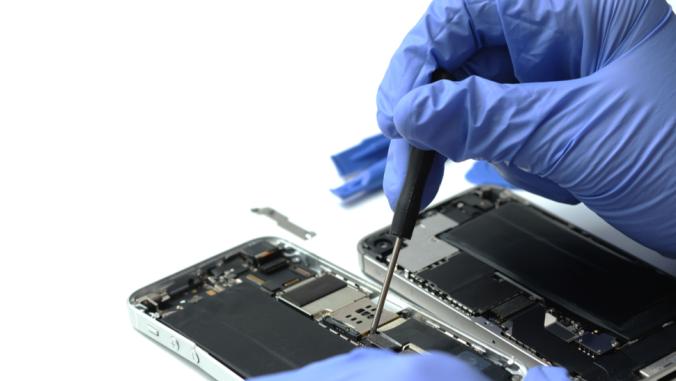Recent IPOs from resale platforms ThredUp and Poshmark have received some well-deserved attention, debuting with valuations of $1.3 billion and $7.4 billion respectively and signaling that the market for resale in apparel is finally heating up.
It’s about time that mainstream investors take notice: Fashion resale is expected to grow twice the rate of the overall fashion market in the U.S. this year, with growth projected to $64 billion by 2024. Not too shabby. Yet while third-party platforms such as ThredUp, Poshmark, RealReal and Vestiaire Collective profit from selling secondhand at scale, brands behind the garments bought and sold on these sites want in on the action.
Fortunately, the path to new business models for apparel brands just got a whole lot easier. This week, Circle Economy launched The Circular Toolbox, a step-by-step guide for companies to design and launch a rental or resale pilot in just 10 months. Amid a sea of high-level reports, and theoretical frameworks on the potential value of the circular economy, the Toolbox is rooted in taking action and developing new, financially competitive models that engage consumers and drive impact.
Most companies begin their circular economy journey by focusing on sourcing, selecting recycled fibers, bio-based materials and more sustainable feedstocks. While this is an important starting place, a singular strategy overlooks the impact of rethinking systems design on top of product design.
Extending the life of clothes by 9 months reduces a garment's carbon, water and waste footprints by 20% to 30% each.
During the Circular Toolbox launch, Gwen Cunningham, a trained designer and Circle Economy’s textiles lead, reflected on the limitation of her influence working on product design that was siloed from the business model itself. "All the good effort I put into building products for circularity — a product built for durability or built to be recyclable — all of that good intention at the end of the day would never come to fruition unless there was an underlying circular business model there to actually enable the product to live a long and useful life."
On top of the financial opportunity for brands to make a garment once and sell it again and again, extending the life of clothes by nine months reduces a garment's carbon, water and waste footprints by 20 to 30 percent each, according to research by British charity WRAP.
The Circular Toolbox includes five modules made up of dozens of maps, tools and step-by-step guides for companies to understand their customers, build a business blueprint and run financial models, select partners, generate internal buy-in and do everything else it takes to effectively pilot a resale or rental model. It’s specific, interactive and useful.
At a time when sustainability is being framed as a competitive advantage for some, what compels me most about the project is the open-source availability and collaboration at its core. Lessons on establishing new business models and implementing more sustainable and circular strategies, while enablers of competitive advantage, need to be shared. If you see resale or rental becoming a part of your future business model, this tool could help you bridge the gap between aspiration and action.
Interested in more on the Circular Economy? Subscribe to our Circularity Weekly newsletter, sent on Fridays






